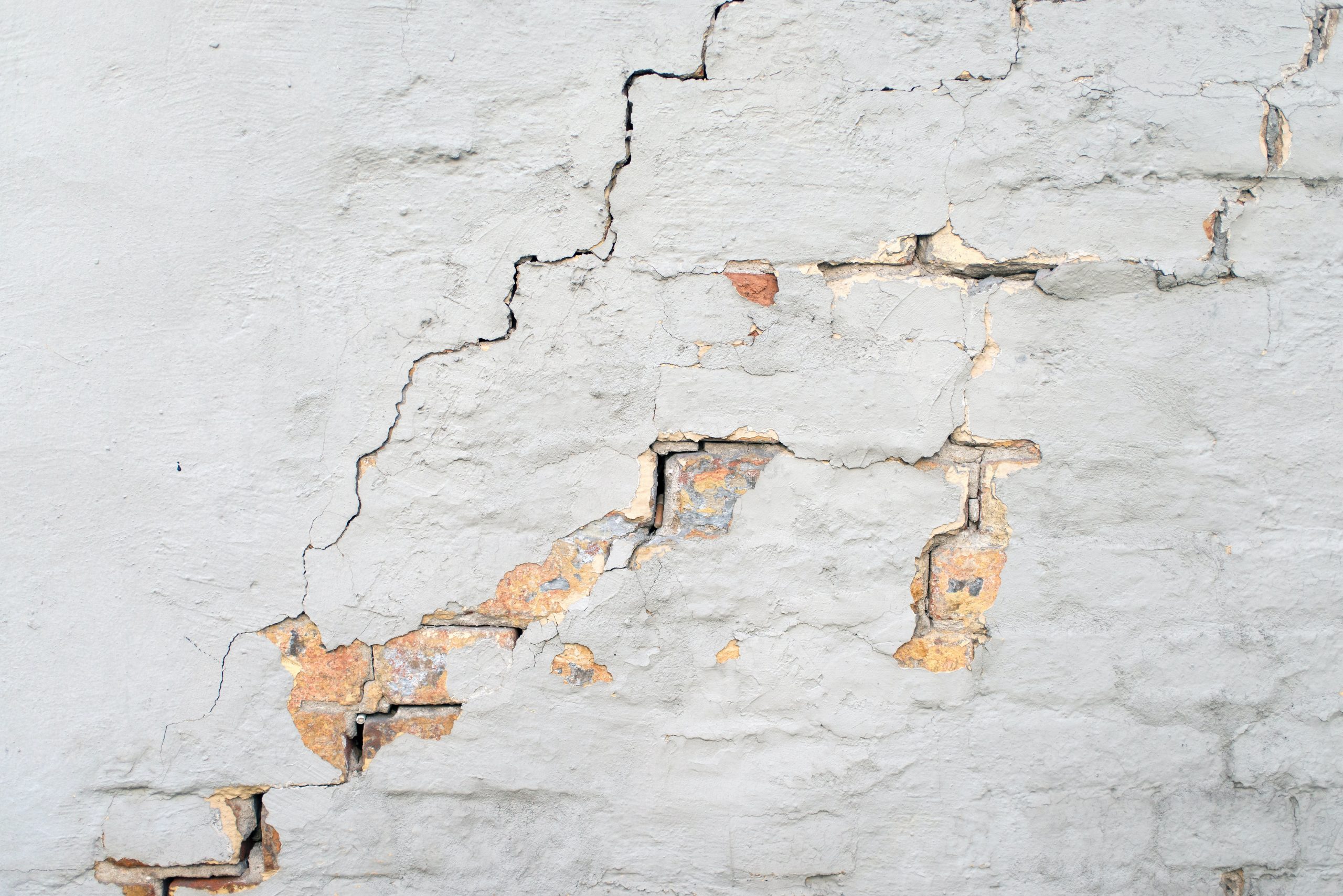Have you noticed cracks in a structural wall? Don’t panic – it may not be all doom and gloom. We share the low-down on the different types of cracks and why they occur.
Believe it or not, buildings move all the time. Typically it happens so slightly that it goes unnoticed. But every now and then, cracking can occur in the structure and cause alarm to those currently occupying it!
Most cracks are simply an eyesore and not actually indicative of structural damage – but from time to time a crack in a structural wall can be a sign of a major issue that needs attention asap.
The most common causes of cracks
- The most common cause we find is the result of ground movement beneath or near to the home. Water, clay, vibration, tree roots, excess excavation at time of build etc are just some of the contributing factors.
- Defects in the structure itself, most commonly in historic buildings with often an absence of foundations completely
- Thermal movement caused from materials expanding or contracting based on climate changes
- Deterioration of the building materials due to rust or water damage
How to identify which is which and when to enlist professional help?
There are three main types of cracks:
Interior – Cracks found in the plasterboard or brickwork inside your home
Exterior – Cracks found in brickwork, surface or rendering on the outside of your home
Deep – Cracks found in foundation walls
The placement, direction and magnitude of wall cracks are a good indicator of how serious they are.
Some obvious clues (accompanying the cracks themselves) of a bigger problem are:
- Doors and windows sticking for no obvious reason
- Nail popping or visible screws appearing in the walls
- Cracks in the ceiling where it meets the wall or in the slab
- Uneven flooring
- Twisting, leaning or bowing walls
A great trick is to take a photograph of the crack and check over time that it hasn’t grown or increased in size.
If you are concerned about a crack in your home, contact us via our website and we’d be happy to come and assess the problem area and provide a solution.




